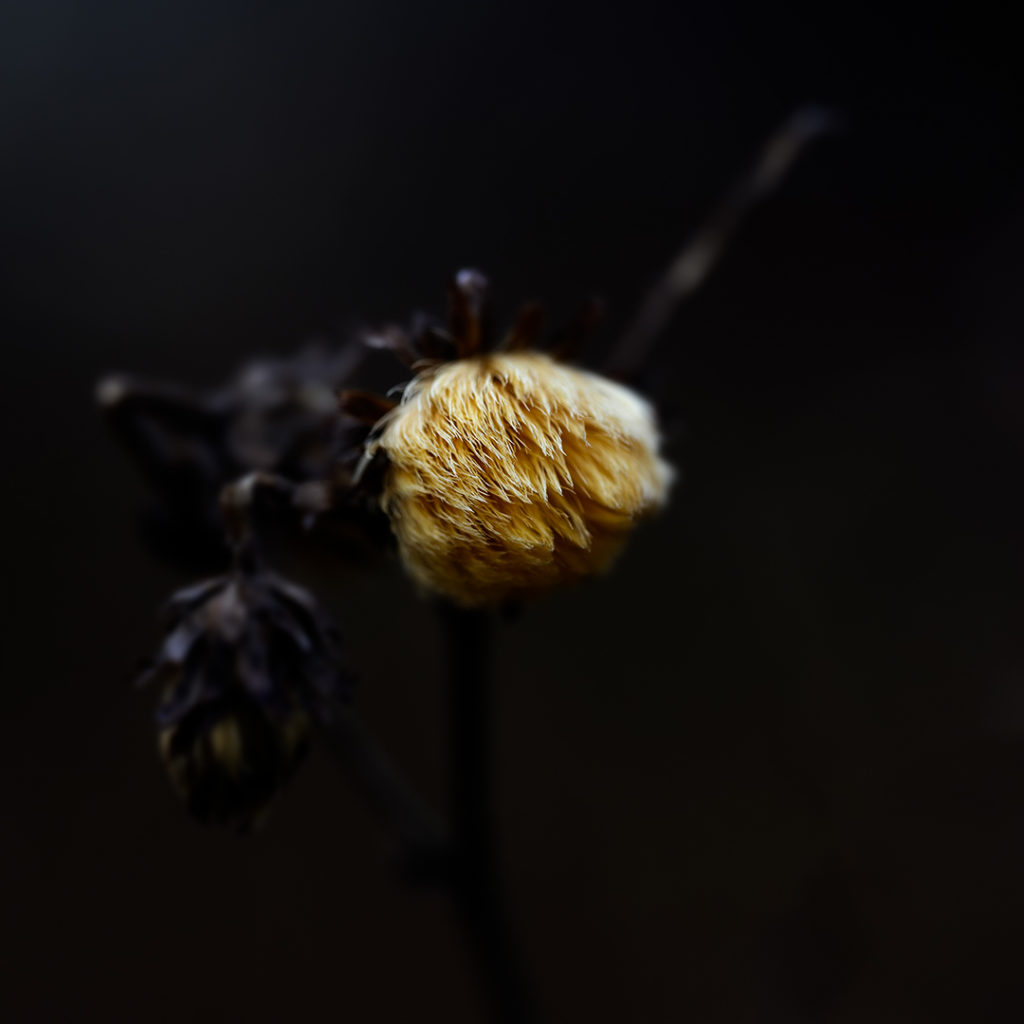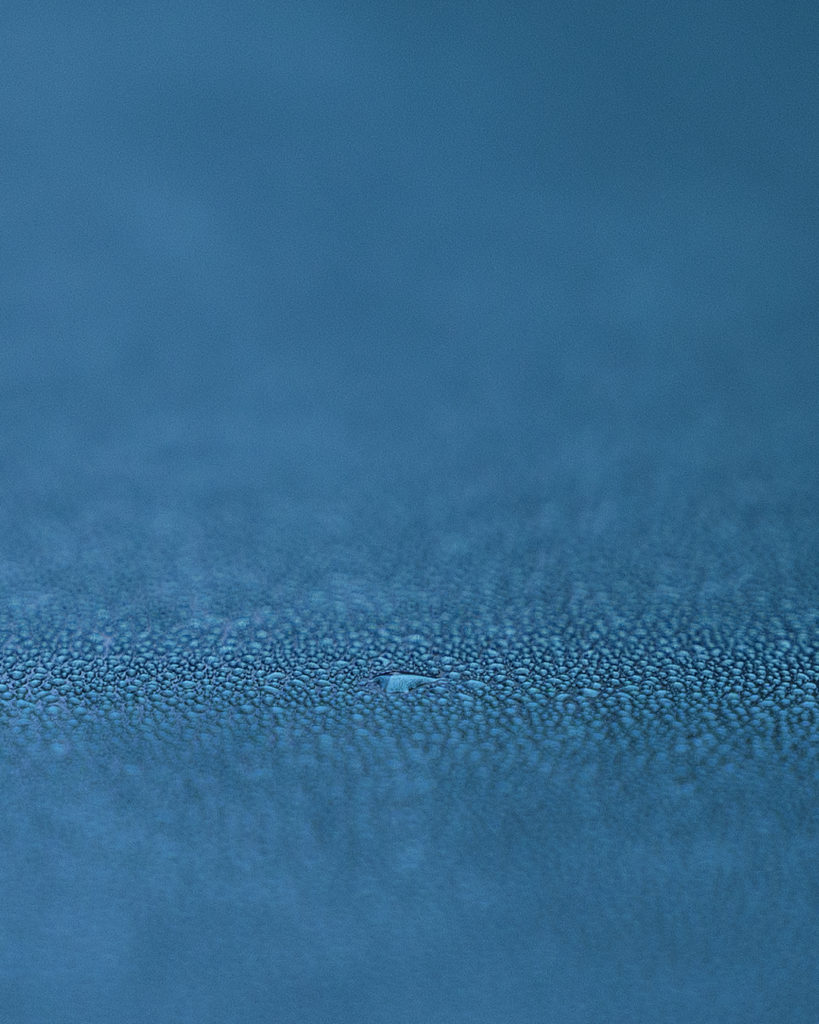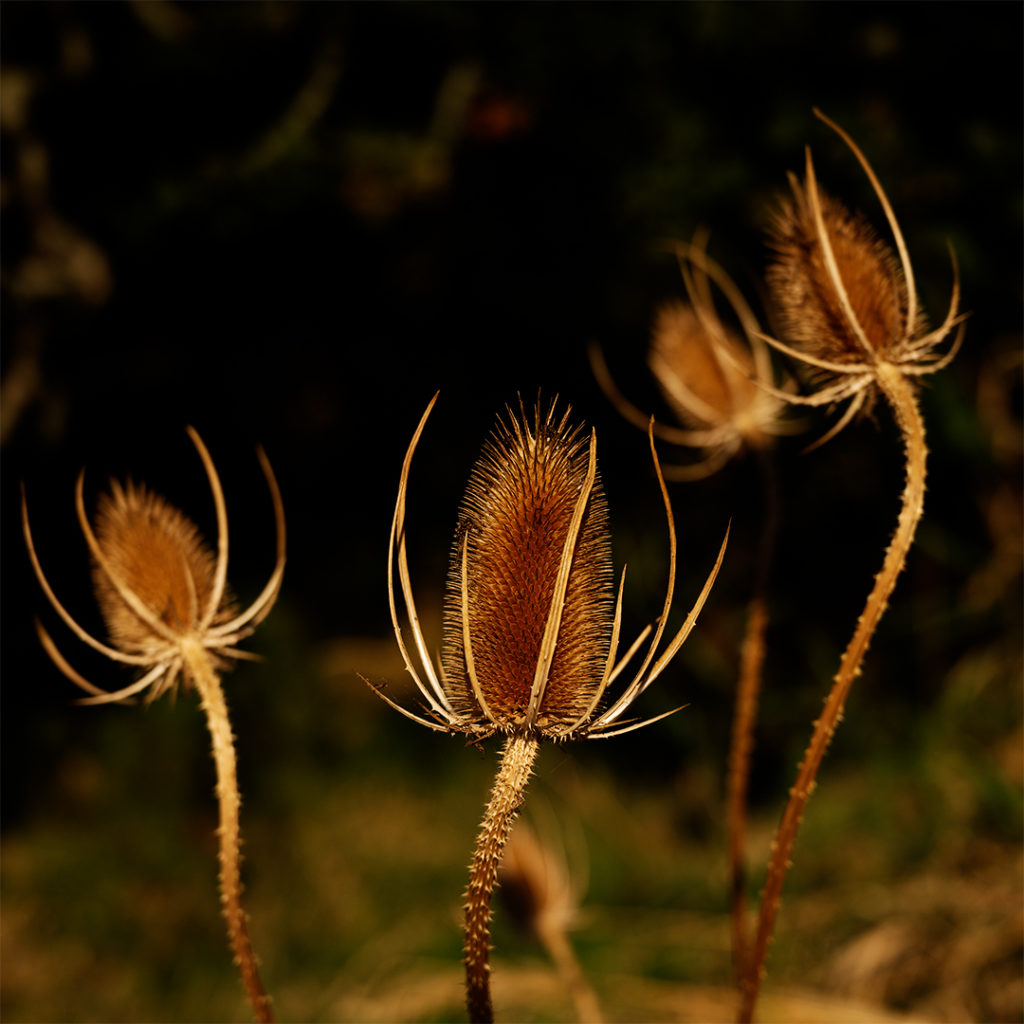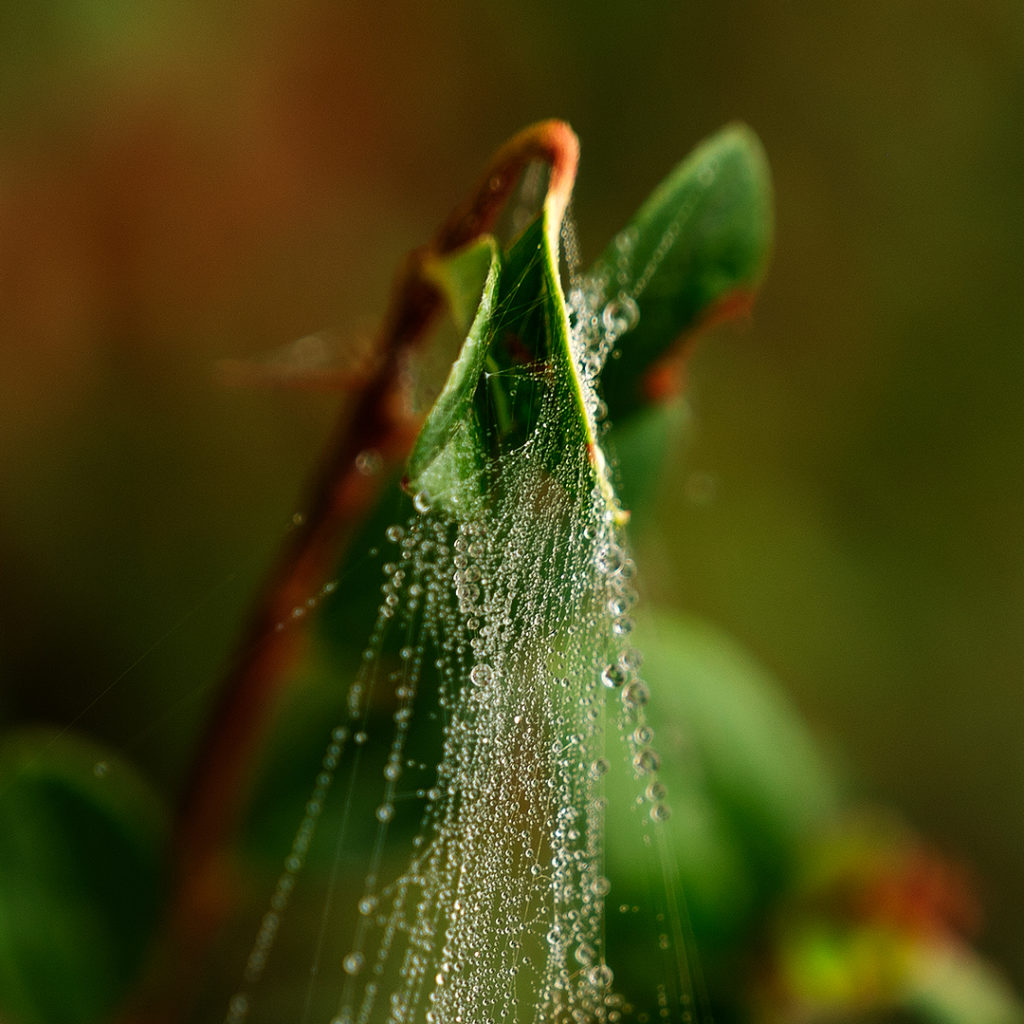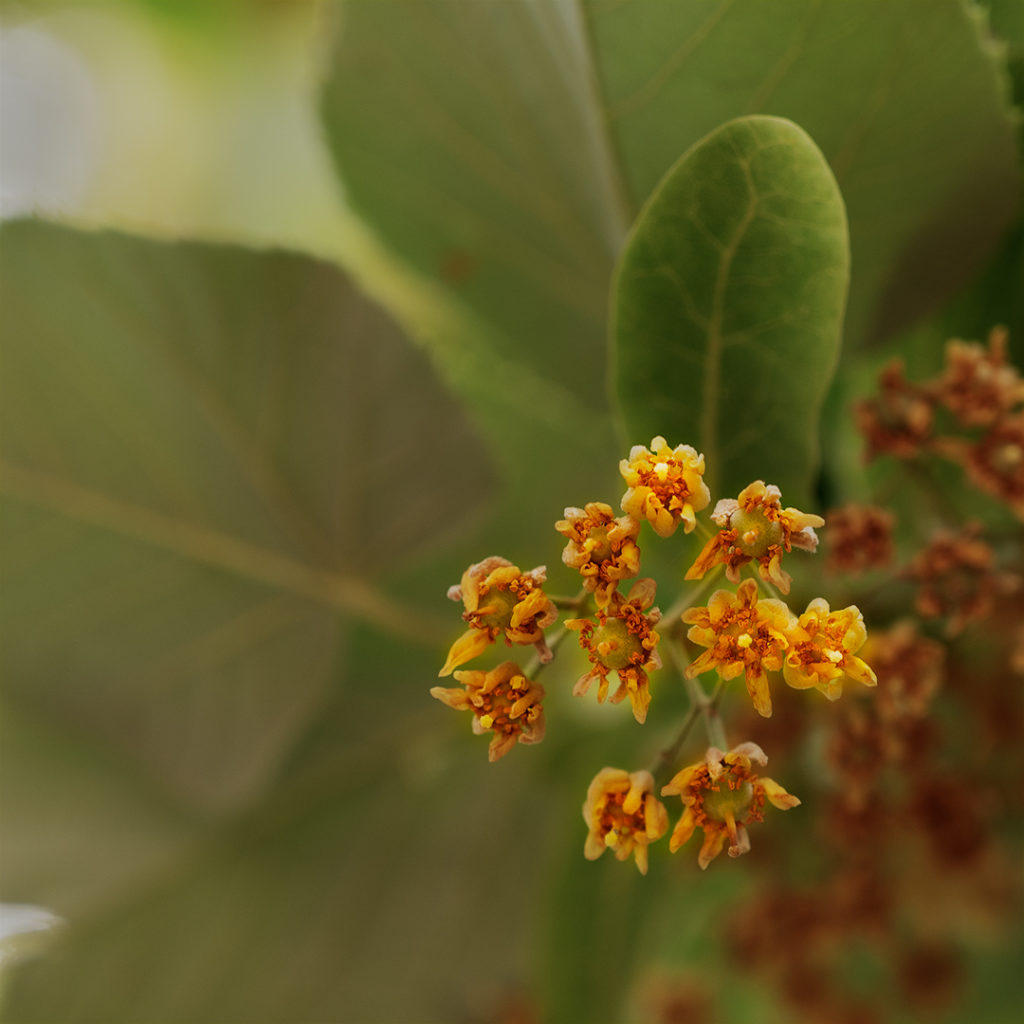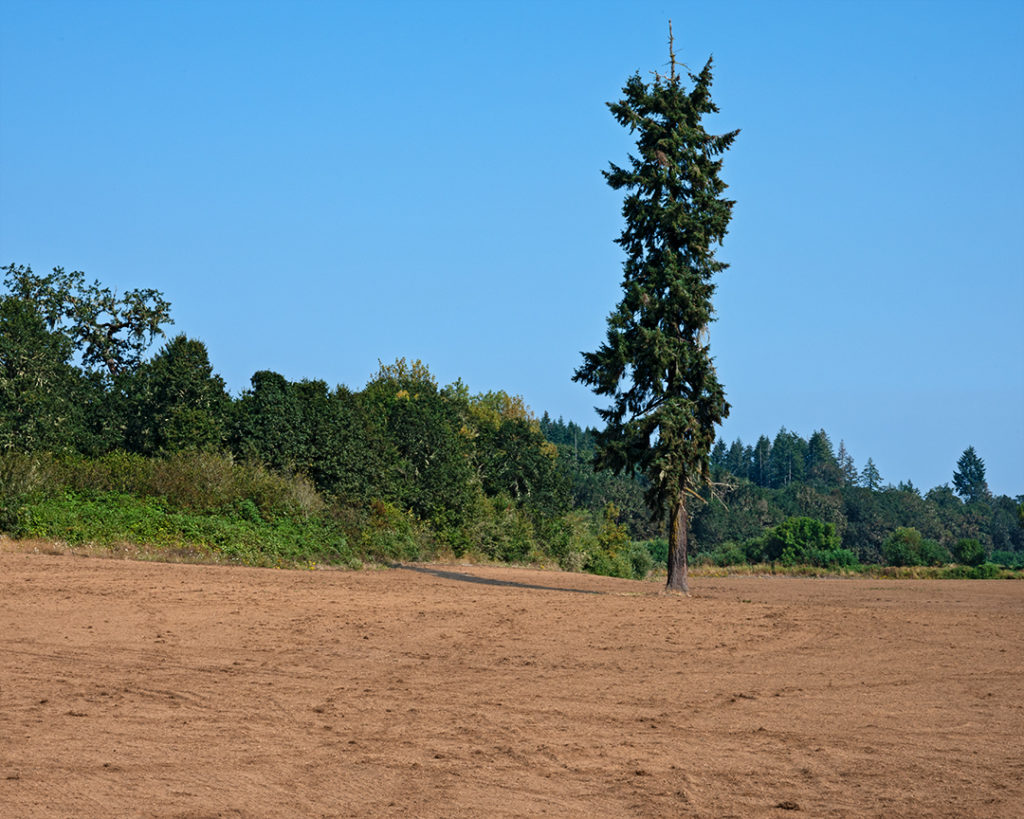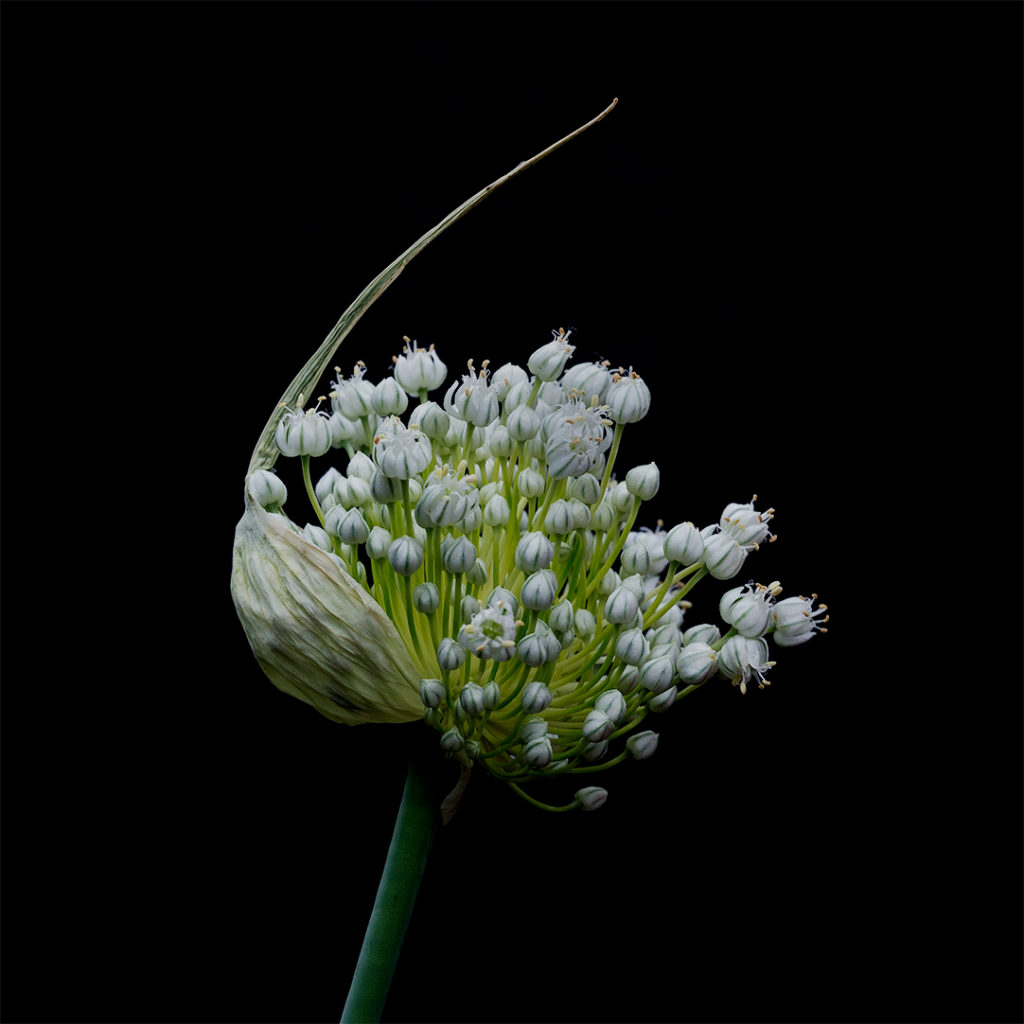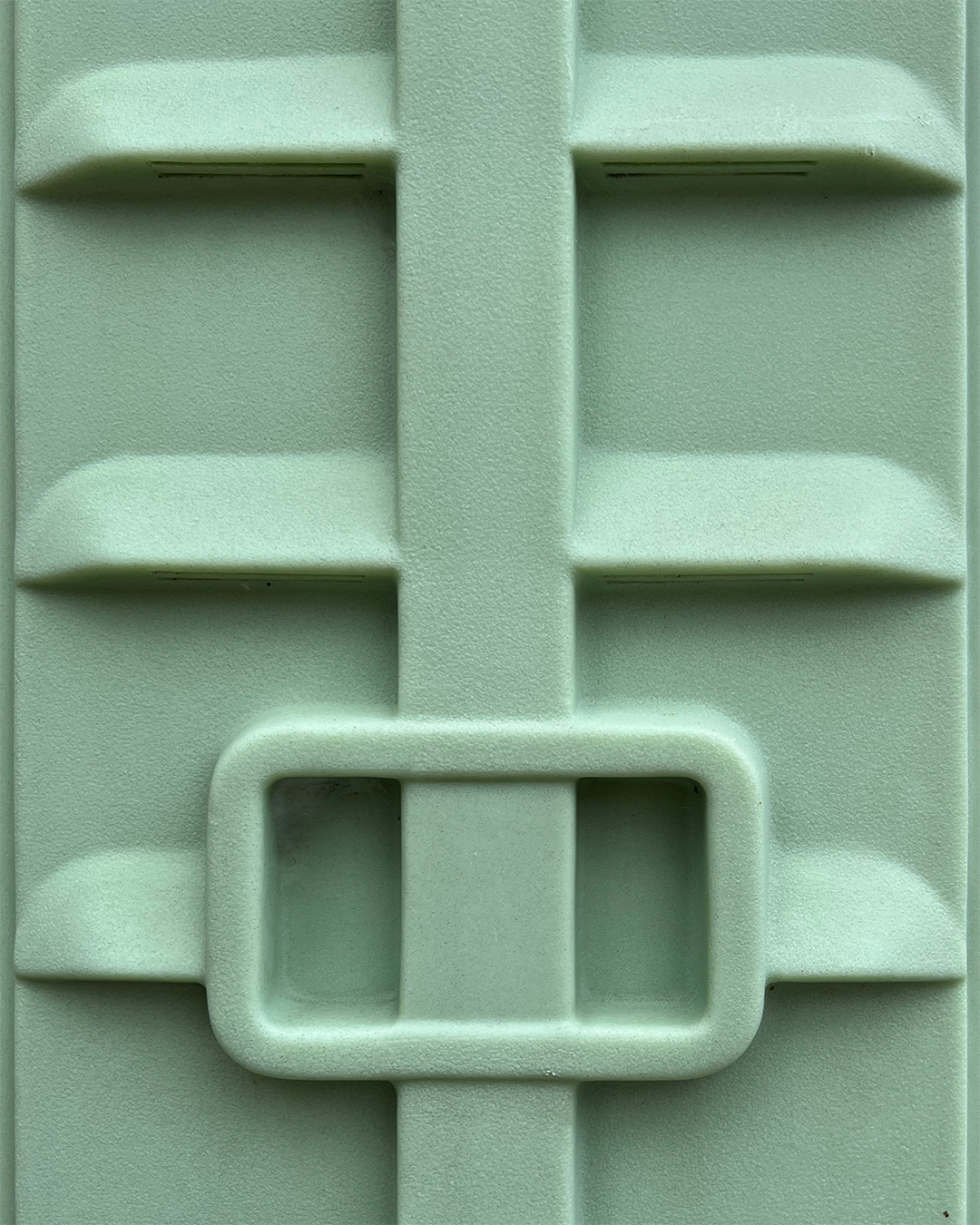This is a simple picture of a tree in a field. Unremarkable, but the composition can be seen as a different example of “Isolations” as described in a previous post – Conversing with Photography.
To me, this picture is not just a lone tree in a field, but when related to the line of trees just beyond it, it is a volunteer.
Imagine some people standing in a line, all facing the same direction, and a volunteer is asked for. It may be for a dangerous mission, or a tricky sports maneuver, or even just being the first to taste a new ice cream. As often happens in such cases, imagine that only a single person steps forward.
“I’ll do it.”
That’s what I see here. The individual standing tall, just a step forward from those remaining back in the line. Anonymous, undifferentiated except in willingness.
The isolated tree looks taller from the vantage from which the picture was taken, but I don’t know if it really was or not.
I wonder if anyone else sees this? And if they didn’t at first, do they now that I’ve described it? If so, does that make the picture any more interesting?
This is an open question for me – the relationship between taking a picture and explaining it. Part of me says that pictures should stand on their own. But on the other hand, that seems like an arbitrary requirement, like saying that the visual part of a movie should stand on its own without sound. Both silent movies and modern movies are valid, they just are different. So couldn’t it be the same for photography?
Perhaps some creations involve both image and text. But then, would that sort of creation need a different name than “photograph”?
Interesting questions, but perhaps not that important. I find it helpful and fun to occasionally enhance photos with text, and so will probably continue to do so.
